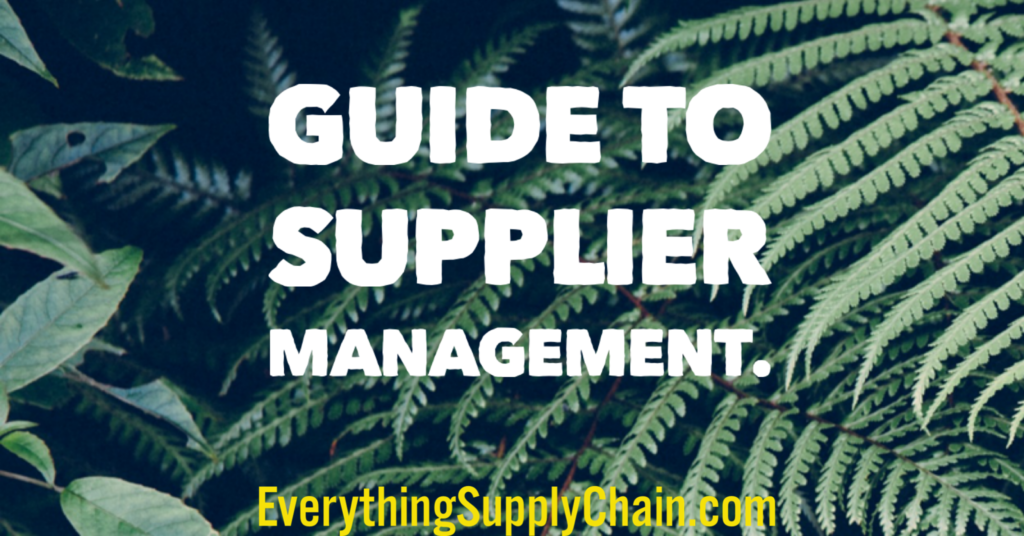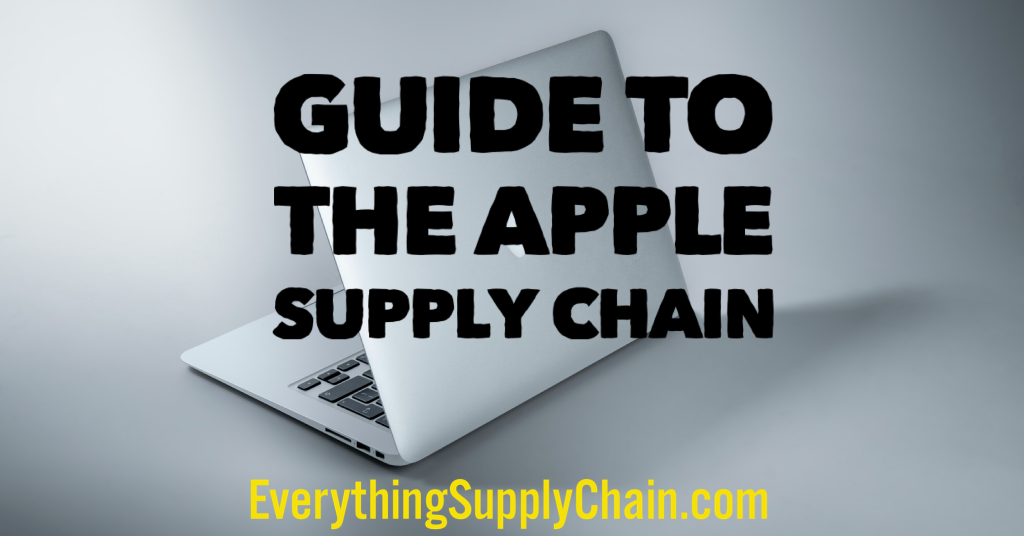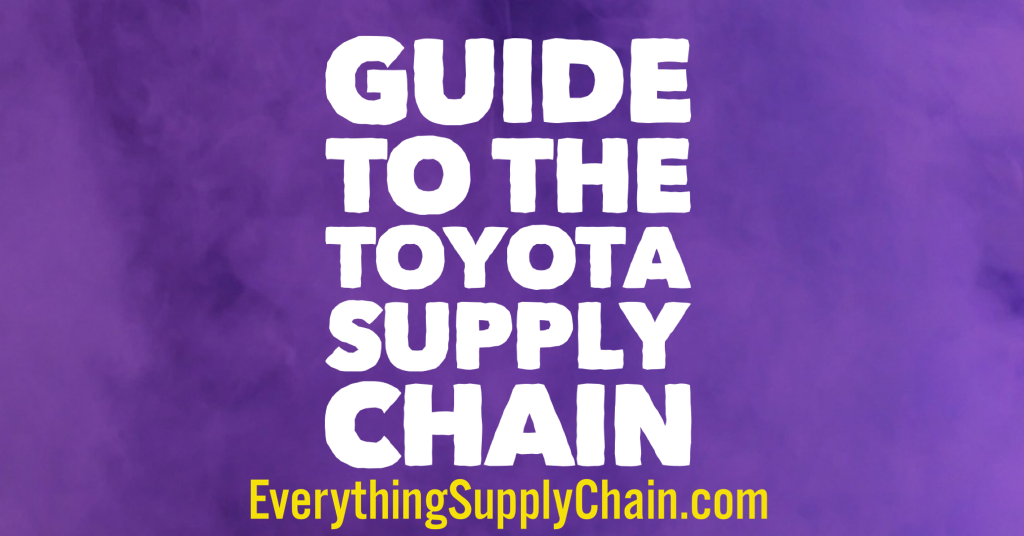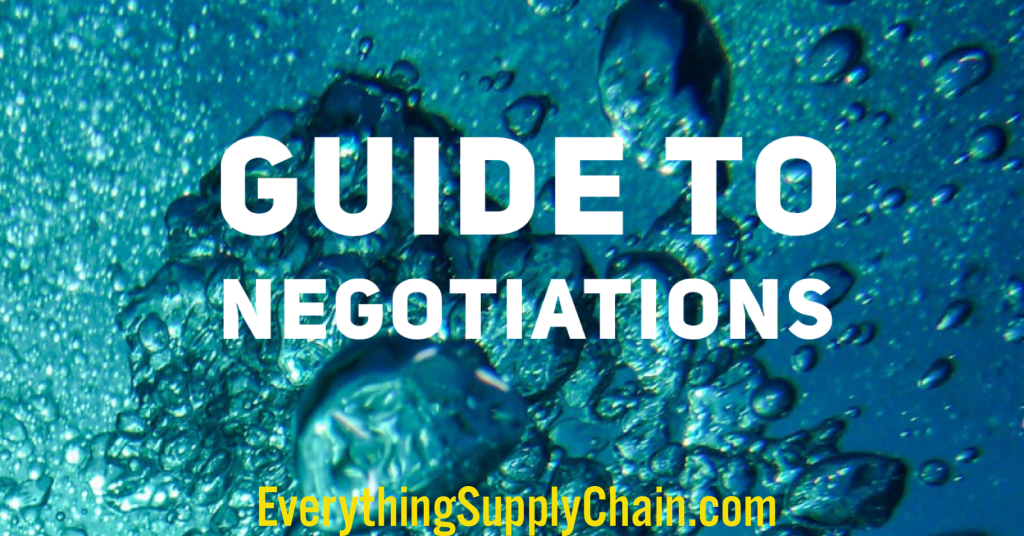Guide to Supplier Management.
Introduction
Welcome to Your Guide to Supplier Management! This guide is designed to help you understand the basics of supplier management and how to effectively manage your suppliers. We will cover topics such as supplier selection, supplier evaluation, supplier performance management, and supplier relationship management. We will also discuss the importance of supplier diversity and how to ensure that your suppliers are meeting your needs. With this guide, you will be able to develop a comprehensive supplier management strategy that will help you maximize the value of your suppliers and ensure that you are getting the best possible service.
How to Develop a Supplier Management Strategy
Developing a supplier management strategy is essential for any business that relies on external suppliers to provide goods and services. A well-crafted strategy can help ensure that suppliers are reliable, cost-effective, and compliant with industry standards. Here are some steps to help you develop a successful supplier management strategy.
1. Identify Your Suppliers: The first step in developing a supplier management strategy is to identify the suppliers you need to work with. Consider the type of goods and services you need, the quality of the products, and the cost. Make sure to research potential suppliers to ensure they meet your standards.
2. Establish Supplier Performance Standards: Once you have identified potential suppliers, you need to establish performance standards. This includes setting expectations for quality, delivery times, and customer service. You should also consider any industry-specific standards that need to be met.
3. Develop a Supplier Evaluation Process: Developing a supplier evaluation process is essential for ensuring that your suppliers are meeting your standards. This process should include criteria for evaluating suppliers, such as quality, cost, and customer service.
4. Monitor Supplier Performance: Once you have established a supplier evaluation process, you need to monitor supplier performance. This includes regularly reviewing supplier performance data and taking corrective action when necessary.
5. Establish a Supplier Relationship Management System: Establishing a supplier relationship management system is essential for managing supplier relationships. This system should include processes for onboarding new suppliers, managing contracts, and resolving disputes.
By following these steps, you can develop a successful supplier management strategy that will help ensure that your suppliers are reliable, cost-effective, and compliant with industry standards.
The Benefits of Automating Supplier Management
Automating supplier management can provide a number of benefits to businesses. By streamlining the process of managing suppliers, businesses can save time and money, while also improving the quality of their supplier relationships.
One of the primary benefits of automating supplier management is improved efficiency. Automation can help streamline the process of managing suppliers, reducing the amount of time and effort required to manage them. Automation can also help reduce the amount of paperwork and manual data entry required, allowing businesses to focus on more important tasks.
Automation can also help businesses save money. By automating the process of managing suppliers, businesses can reduce the amount of time and resources required to manage them. This can help businesses save money on labor costs, as well as on the cost of materials and supplies.
Automation can also help businesses improve the quality of their supplier relationships. Automation can help businesses keep track of supplier performance, allowing them to quickly identify any issues that may arise. Automation can also help businesses quickly identify any potential problems with suppliers, allowing them to address them before they become major issues.
Finally, automating supplier management can help businesses improve their customer service. Automation can help businesses quickly identify any issues with suppliers, allowing them to address them quickly and efficiently. This can help businesses provide better customer service, as well as improve their overall reputation.
Overall, automating supplier management can provide a number of benefits to businesses. By streamlining the process of managing suppliers, businesses can save time and money, while also improving the quality of their supplier relationships. Automation can also help businesses improve their customer service, as well as their overall reputation.
How to Evaluate and Select Suppliers
Evaluating and selecting suppliers is an important part of the procurement process. It is essential to ensure that the supplier chosen is reliable, cost-effective, and able to meet the needs of the organization. Here are some tips for evaluating and selecting suppliers:
1. Research: Research potential suppliers to determine their capabilities and reputation. Check references, read reviews, and ask for samples of their work.
2. Cost: Compare the cost of goods and services from different suppliers. Consider not only the initial cost, but also the long-term cost of doing business with a particular supplier.
3. Quality: Evaluate the quality of the goods and services offered by each supplier. Consider the quality of the materials used, the level of customer service, and the supplier’s ability to meet deadlines.
4. Delivery: Consider the delivery times and methods offered by each supplier. Determine if the supplier can meet the organization’s needs in terms of delivery times and methods.
5. Flexibility: Evaluate the supplier’s ability to be flexible and adapt to changing needs. Consider the supplier’s willingness to work with the organization to develop new products or services.
6. Communication: Assess the supplier’s communication skills. Determine if the supplier is responsive to inquiries and able to provide timely updates on orders.
7. Contract: Review the terms of the contract to ensure that it meets the organization’s needs. Consider the payment terms, delivery times, and any other conditions that may affect the relationship.
By following these tips, organizations can ensure that they select the best supplier for their needs. It is important to take the time to evaluate potential suppliers and select the one that best meets the organization’s needs.
Best Practices for Supplier Relationship Management
1. Establish Clear Expectations: Establishing clear expectations for suppliers is essential for successful supplier relationship management. This includes setting expectations for quality, delivery, and communication.
2. Develop a Supplier Scorecard: Developing a supplier scorecard is a great way to measure supplier performance. This scorecard should include criteria such as quality, delivery, and communication.
3. Establish a Communication Plan: Establishing a communication plan is essential for successful supplier relationship management. This plan should include regular meetings, emails, and phone calls.
4. Develop a Supplier Performance Improvement Plan: Developing a supplier performance improvement plan is a great way to ensure that suppliers are meeting expectations. This plan should include goals, timelines, and action items.
5. Monitor Supplier Performance: Monitoring supplier performance is essential for successful supplier relationship management. This includes tracking supplier performance metrics such as quality, delivery, and communication.
6. Leverage Technology: Leveraging technology is a great way to streamline supplier relationship management. This includes using software to track supplier performance, automate communication, and manage contracts.
7. Foster Collaboration: Fostering collaboration between suppliers and buyers is essential for successful supplier relationship management. This includes encouraging open communication and collaboration between the two parties.
8. Reward Good Performance: Rewarding good performance is a great way to incentivize suppliers to meet expectations. This includes providing bonuses, discounts, and other incentives for meeting performance goals.
9. Manage Risk: Managing risk is essential for successful supplier relationship management. This includes assessing supplier risk and developing strategies to mitigate potential risks.
10. Build Long-Term Relationships: Building long-term relationships with suppliers is essential for successful supplier relationship management. This includes developing trust and loyalty between the two parties.
How to Monitor and Measure Supplier Performance
Monitoring and measuring supplier performance is an important part of any successful business. It helps to ensure that suppliers are meeting the expectations of the company and that they are providing quality products and services. Here are some tips for monitoring and measuring supplier performance:
1. Establish clear expectations: Before beginning any relationship with a supplier, it is important to establish clear expectations. This includes setting performance goals, outlining the terms of the agreement, and establishing a timeline for delivery.
2. Track performance: Once the expectations have been established, it is important to track the supplier’s performance. This can be done by tracking delivery times, quality of products, and customer service.
3. Measure performance: Once the performance has been tracked, it is important to measure it against the expectations that were set. This can be done by comparing the supplier’s performance to industry standards or to the performance of other suppliers.
4. Provide feedback: Once the performance has been measured, it is important to provide feedback to the supplier. This can be done through regular meetings or through surveys.
5. Monitor trends: It is also important to monitor trends in supplier performance. This can be done by tracking performance over time and looking for any changes in performance.
By monitoring and measuring supplier performance, companies can ensure that they are getting the best value for their money and that their suppliers are meeting their expectations. This can help to ensure that the company is getting the best products and services possible.
Conclusion
The guide to supplier management provides a comprehensive overview of the key elements of successful supplier management. It covers topics such as supplier selection, supplier evaluation, supplier performance management, and supplier relationship management. It also provides practical advice on how to develop and maintain successful supplier relationships. By following the steps outlined in this guide, organizations can ensure that they are getting the most out of their supplier relationships and that their suppliers are meeting their expectations.
Supplier Management Resources
- How To Get What You Want Every Time: ex FBI agent Chris Voss.
- Procurement Quotes by Top Minds.
- Science of Persuasion.
- Supplier Management and Procurement. Resources Included.
- What is Supplier Management?
- What is Supplier Selection?
Your Guide to the Amazon Supply Chain.
Guide to the Apple Supply Chain.
Guide to the Toyota Supply Chain
Your Guide to Negotiations.
Guide to the Tesla Supply Chain.
Guide to the Automotive Supply Chain












